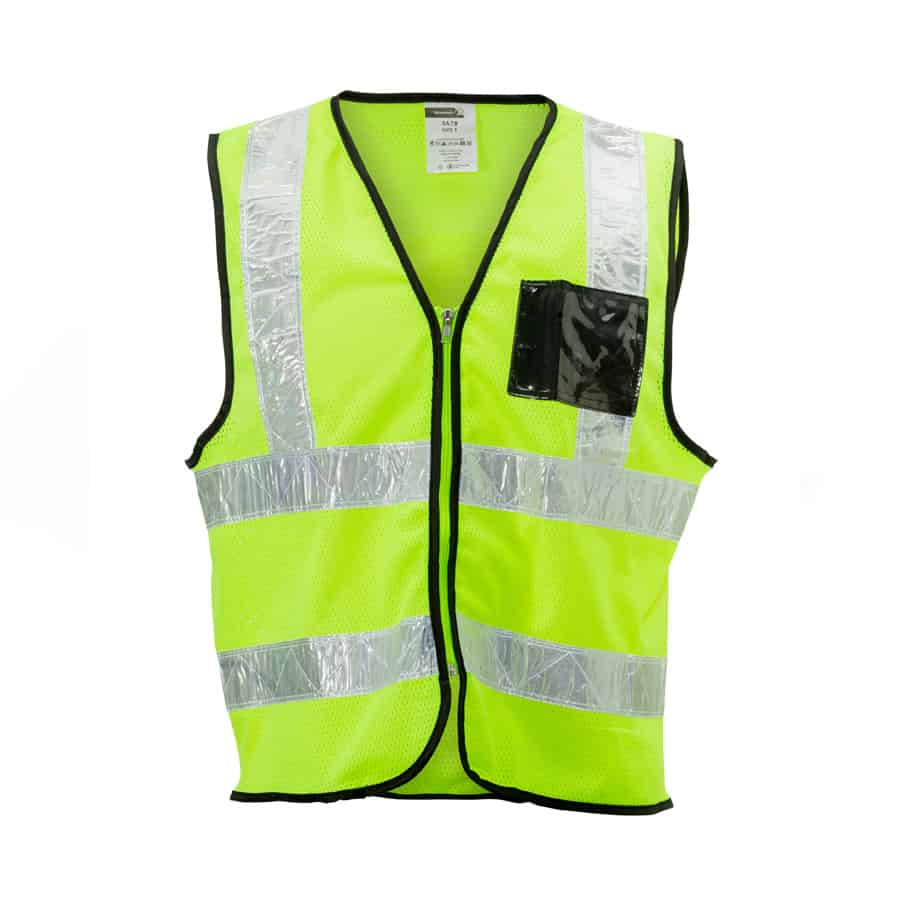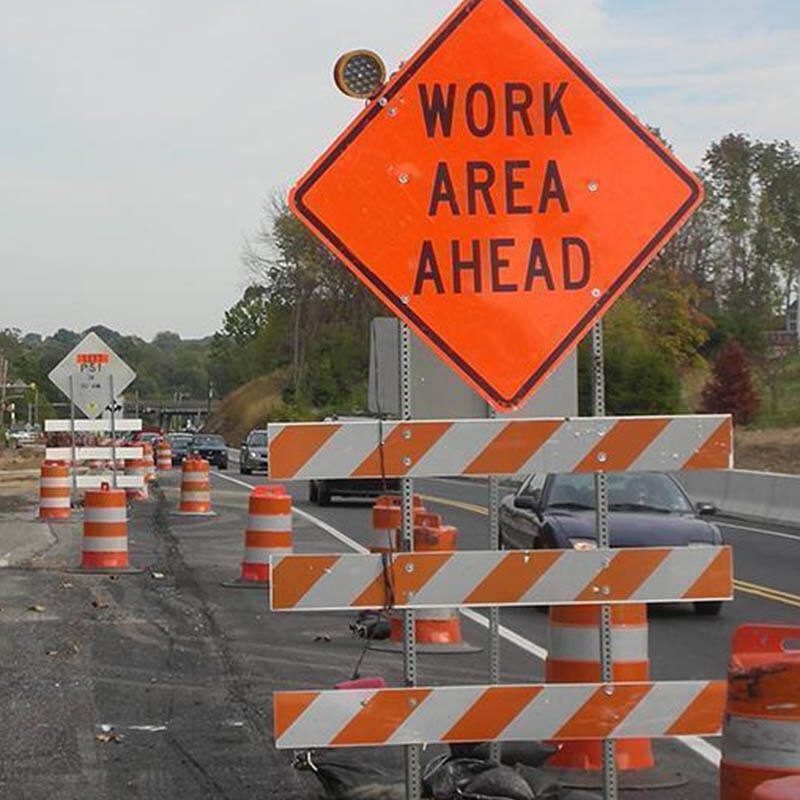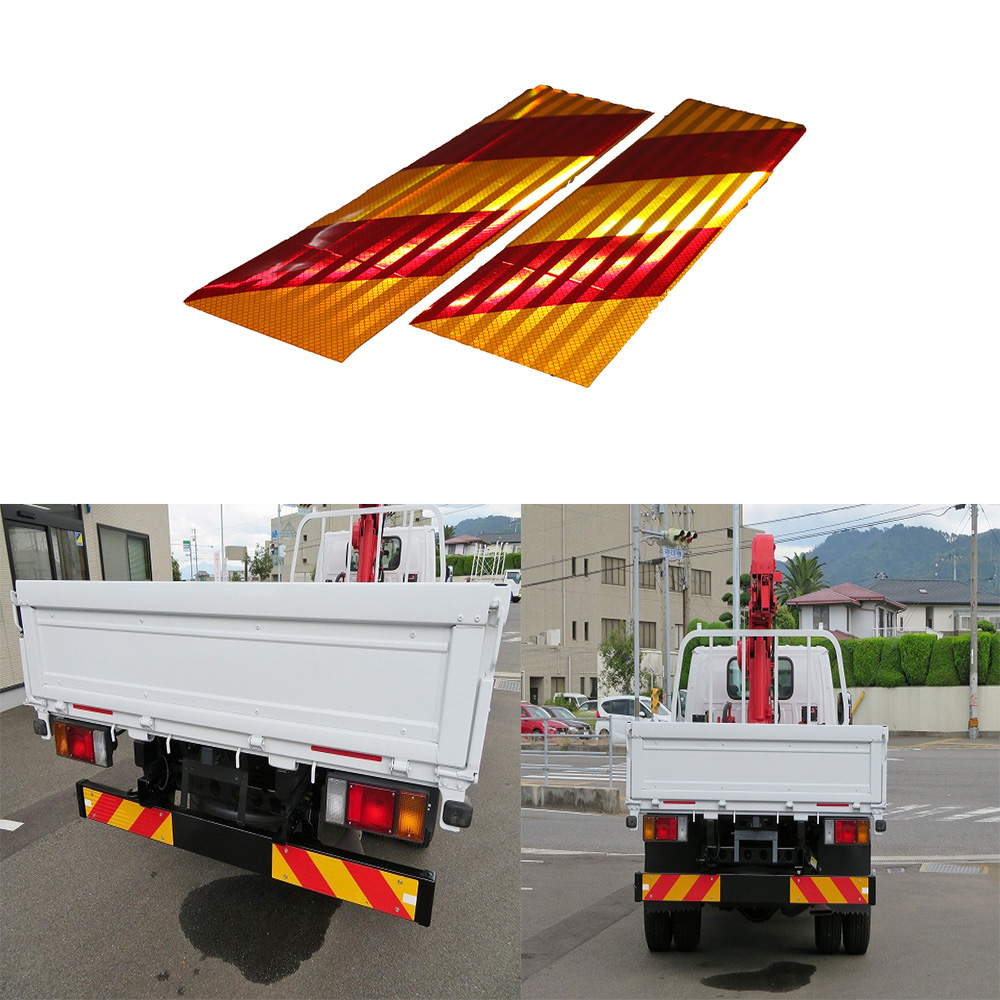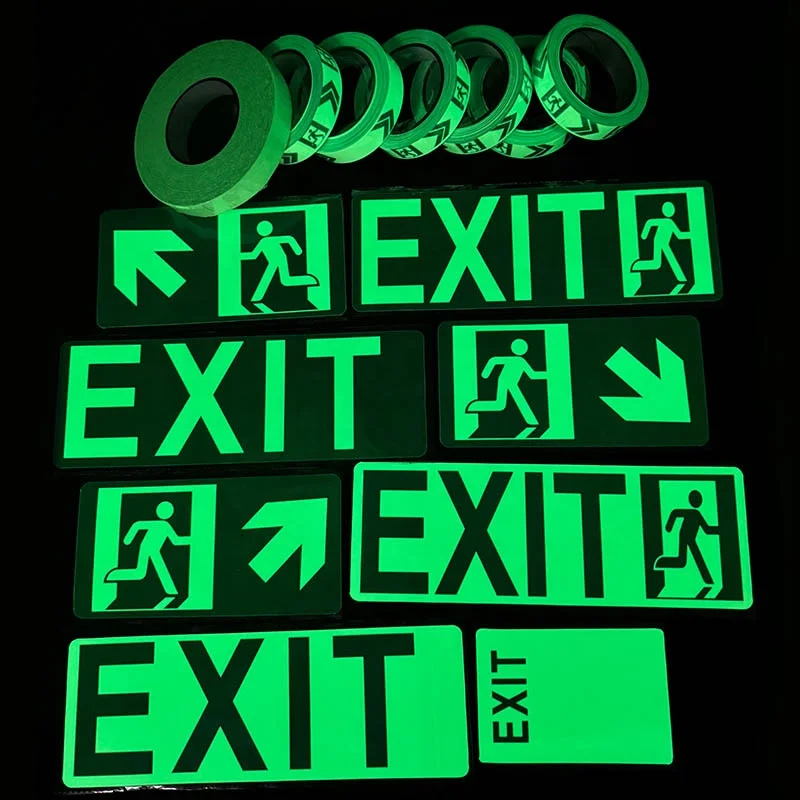Best Practices for Using Construction Work Zone Materials to Prevent Accidents
Essential Construction Work Zone Safety Protocols
Proper Work Zone Layout Design According to MUTCD Standards
Adhering to the Manual on Uniform Traffic Control Devices (MUTCD) standards is crucial in constructing a safe work zone layout. These standards ensure that signage, barriers, and traffic flow are optimally designed for worker safety and efficient construction operations. A well-designed work zone reduces accidents by providing clear communication to drivers and workers. According to the Federal Highway Administration, proper work zone layouts can reduce accidents by up to 40%, underscoring the significance of rigorous compliance with MUTCD guidelines. Implementing these standards not only safeguards workers but also facilitates smoother traffic navigation, thereby minimizing disruptions.
Implementing High-Visibility Apparel Requirements
Incorporating high-visibility apparel in construction zones is essential for worker safety. These garments are designed to enhance visibility, significantly reducing the likelihood of accidents, especially in low-light or high-traffic conditions. Safety standards such as ANSI/ISEA 107 categorize high-visibility clothing into different classes based on the level of risk, with higher classes offering greater visibility. Real-world examples, such as railway construction sites where high-visibility gear has drastically cut accident rates, illustrate the critical role these items play. In environments where vehicles and machinery are constantly in motion, high-visibility clothing serves as an effective visual signal, protecting workers from potential hazards.
Daily Equipment Inspection and Maintenance Routines
Establishing daily inspection routines for construction equipment is vital to preventing accidents and prolonging equipment lifespan. These routines include checking machinery for wear and tear, ensuring all safety features are functioning, and verifying that equipment is operated safely. Statistics indicate that regular maintenance can reduce accident rates by 30% and extend equipment life by up to 15%, fostering a safer work environment. Implementing a checklist, which includes items like reflector tape usage and hydraulic checks, provides construction teams with a practical guide for daily inspections. By adhering to these routines, teams can identify issues before they become severe, promoting safety and efficiency.
Optimizing Visibility with Reflective Safety Materials
Role of Reflective Tape in Hazard Identification
Reflective tape serves a crucial role in improving visibility and identifying hazards in construction zones, especially during nighttime or in low-light conditions. It enhances safety by making objects and barriers more visible, reducing the risk of accidents. According to safety studies, there is a significant decrease in incidents where reflective tape is utilized. Various types of reflective tape are suitable for construction environments, each offering different levels of durability and reflectivity. For example, high-strength reflective tape is designed to withstand harsh weather conditions, while glow-in-the-dark versions provide additional visibility.
Benefits of Glow-in-the-Dark Solutions for Low-Light Conditions
Glow-in-the-dark tape provides a critical advantage in enhancing safety during power outages or low-visibility situations. By emitting light, even after exposure to natural or artificial light, these tapes can significantly improve visibility. Case studies have shown successful implementation of glow-in-the-dark solutions leading to higher safety standards and reduced accidents. These materials are typically durable and perform well in various weather conditions, although their lifespan may vary based on exposure and environmental factors.
Non-Slip Tape Applications for Equipment Safety
Non-slip tape is a preventive measure against slips and falls in construction zones, particularly on equipment surfaces. This safety feature is vital in minimizing injuries attributed to slippery conditions. Statistics from OSHA highlight that slip-related incidents constitute a significant portion of construction injuries. Non-slip tape can be effectively applied in various settings—such as ladder steps, scaffolding platforms, and vehicle footholds—proving its effectiveness compared to other safety measures. The integration of non-slip tape ensures workers are safeguarded, bolstering equipment safety.
Effective Traffic Control and Internal Management
Creating Pedestrian-Free Zones with Temporary Barriers
Establishing pedestrian-free zones in construction areas is crucial to reducing accidents between vehicles and workers. These zones keep foot traffic away from dangerous areas, ensuring workers' safety. Common types of temporary barriers include water-filled barriers, concrete barriers, and fence panels, all designed to comply with safety regulations and effectively direct pedestrian movement away from vehicles. Evidence shows that well-marked barriers can significantly decrease pedestrian-related accidents, highlighting their importance in maintaining site safety. According to the Bureau of Labor Statistics, many work zone accidents can be mitigated with proper barrier placement and maintenance.
Coordinating Vehicle Movements with Internal Traffic Plans
Internal traffic plans play a vital role in regulating vehicle movements within construction zones. They facilitate a systematic approach to ensure the safe flow of both equipment and personnel. Key elements for an effective plan include comprehensive driver training, clear signage, and designated pathways. Studies have demonstrated that coordinated traffic plans improve both traffic flow and safety, reducing the chances of accidents. Creating and following such plans not only ensures compliance with safety standards but also enhances overall efficiency at the construction site.
Mitigating Aggressive Driving Through Signage
Specific signage is essential for deterring aggressive driving behavior in construction zones. Signs such as speed limit reductions, warnings for merging vehicles, and ‘Men at Work’ notices are effective in promoting cautious driving. Research in traffic safety highlights the significant impact signage has on modifying driver behavior. Essential signage should be visible and placed strategically to remind drivers of the conditions and speed requirements, thereby reducing incidents of aggressive driving and enhancing safety. Properly implemented signs act as both deterrents and guides, helping manage traffic more effectively.
Critical Products for Enhanced Work Zone Protection
High Visibility PVC Reflective Tape: Weather-Resistant Hazard Marking
High-visibility PVC reflective tape is an essential tool for marking hazards in construction zones, enhancing safety through its reflective properties that ensure visibility under low-light conditions. This product stands out due to its durability and weather-resistant nature, making it ideal for various harsh environmental conditions. Its versatility allows it to be used in diverse settings, from roadways to industrial sites, ensuring that workers and vehicles identify hazards promptly. Compliance with industry standards and positive user testimonials further substantiate its effectiveness. Many users note the tape's role in significantly decreasing incidents as well as its adherence to safety standards.

Red/White Reflective Tail Lift Flags for Truck Safety
Reflective tail lift flags play a crucial role in ensuring truck safety during loading and unloading operations by improving visibility. These flags are designed to catch the attention of oncoming traffic, thereby minimizing the risk of accidents involving trucks at worksites. According to data, the majority of accidents occur when trucks lack proper visibility measures. By employing red/white reflective flags, truck drivers and site managers can enhance situational awareness for other road users, significantly lowering accident rates. The incorporation of these flags in safety protocols aligns with visibility best practices and can drastically improve work zone safety outcomes.

Heavy Truck Chevron Stickers: Durable Warning Identification
Chevron stickers are indispensable for heavy trucks operating in construction zones, serving as clear warning identifiers to enhance vehicle visibility and prevent accidents. These stickers utilize vivid colors and reflective materials, ensuring they capture attention even in low light or adverse weather conditions. Chevron stickers are particularly effective as they are built to withstand environmental wear and tear. Studies emphasize their role in accident prevention, especially in scenarios involving large vehicles that might obscure the view of other road users. Implementing chevron stickers in construction zones not only increases truck visibility but also promotes overall worksite safety.

Photoluminescent Exit Stickers: Emergency Visibility Solutions
Photoluminescent exit stickers are crucial for enhancing visibility in emergency situations within construction sites. These stickers emit a glow in the dark, ensuring that they are visible even during power outages or in low-light conditions, thus guiding personnel safely to exits. Their efficacy is supported by statistics showing improved evacuation times and reduced panic levels when such luminous signage is present. By implementing these exit markers, construction sites can significantly increase safety rates during emergencies, ensuring staff are directed promptly and efficiently to safety zones, thereby minimizing injury risks.


 EN
EN






































 ONLINE
ONLINE